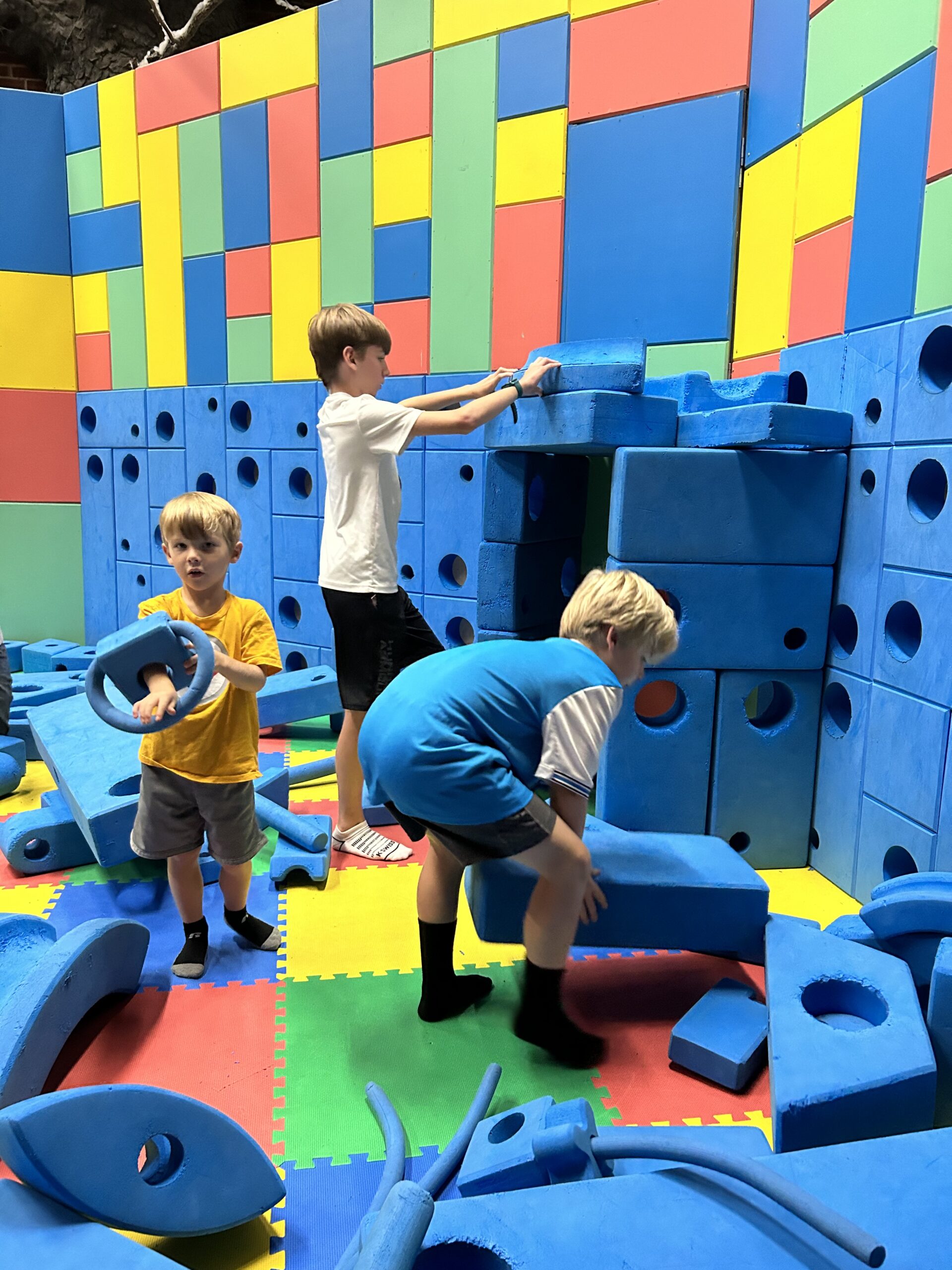How much violence are our children exposed to in today’s society? Today in the news, there are many reports on violent activities throughout our cities. People being shot, school shootings, violence in the home, people protesting, and people rioting. Many people are feeling the impact of what is happening and share opinions on the what, why, and should haves. Children come to school scared, worried, and not understanding what is happening in the world. How do parents and schools help children begin the healing process after violence has torn through a city or neighborhood?
According to Rand Health, “Between 20 percent and 50 percent of children in the United States are touched by violence, either as victims or, as witnesses.”
A child’s reaction to violence and trauma is influenced by how adults respond. And adults have various ways to react. Children of different ages also react differently. Reactionary signs stem from fearfulness to disruptive behavior, getting physically ill, or having suicidal thoughts.
Many schools turn to the process of conflict resolution in dealing with violent behaviors. These include teaching skills for anger management, and teaching general social skills. But which programs are most effective? Studies from curriculums involving Violence Prevention Programs, and Positive Adolescent Choices Training show no evidence of producing long-term changes in behavior. Nor did they decrease the victimization risk. So what works?
Agressiveness and violence is often learned early in a child’s life. Parents and caregivers can help young children deal with emotions without using violence. It appears to be a simple formula – just provide love, security, and trust. But, too many caregivers claim that their child is good and would not harm anyone, even when confronted by a teacher, the police, or the news media. Research shows that hitting, slapping, or spanking children as punishment demonstrates that it is okay to hit others to solve problems. However, the video of the Baltimore mother pulling her teenaged son out of the riots taught him a different lesson.
There is no one solution to solving today’s problem with violence and exposure to violence. Discussions of the topic and brainstorming appropriate and inappropriate actions need to part of the home environment as well as the school environment. Consequences must be made clear. Let children share their feelings about tragedies and what they see or hear. Teach children to stand up against violence and respond with calm but firm words when insulted, threatened, or hit. It takes courage to stand against and resist violence.
Encourage school communities to stay in touch with teachers, police, and neighbors. Volunteer in the community with various projects to demonstrate community support. And most, complain to television stations that advertise or sponsor violent programs. The webpage on Coping with Violence is a great resource when a tragedy strikes.


